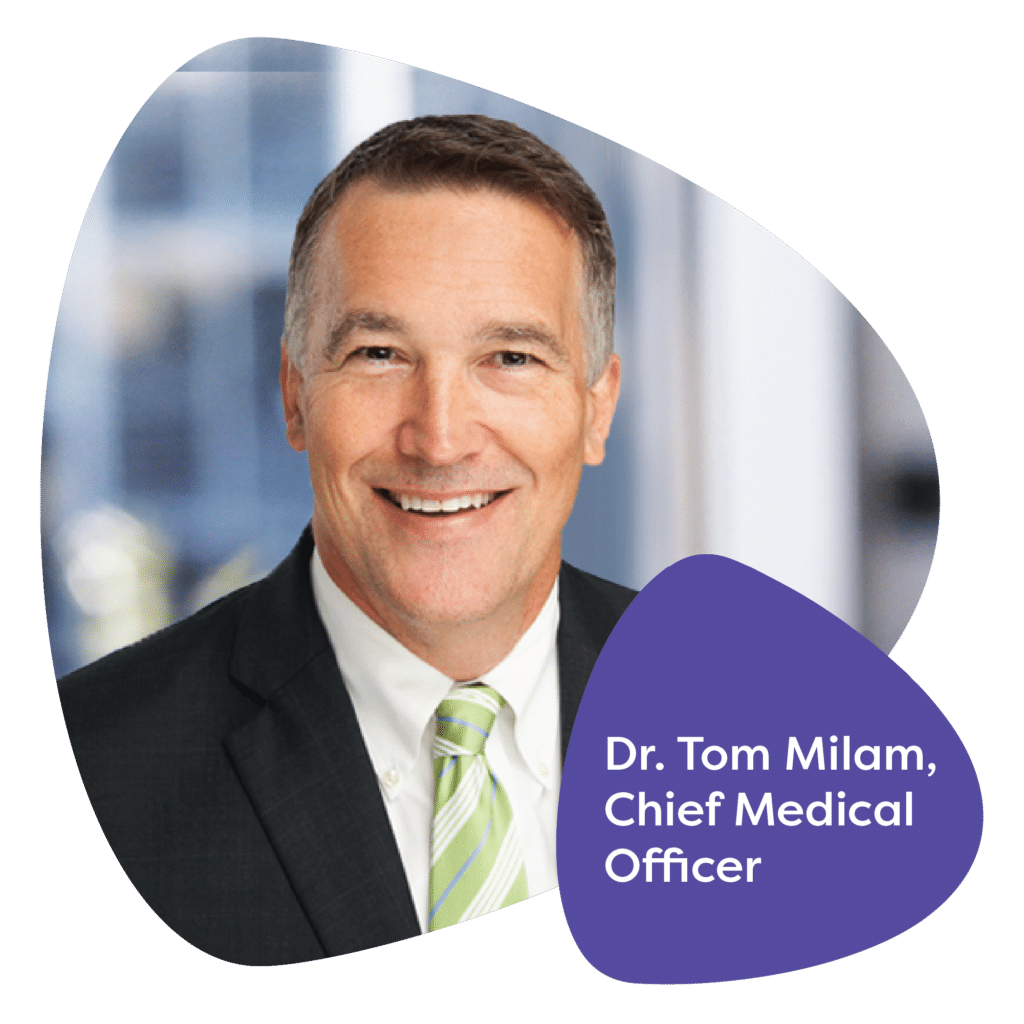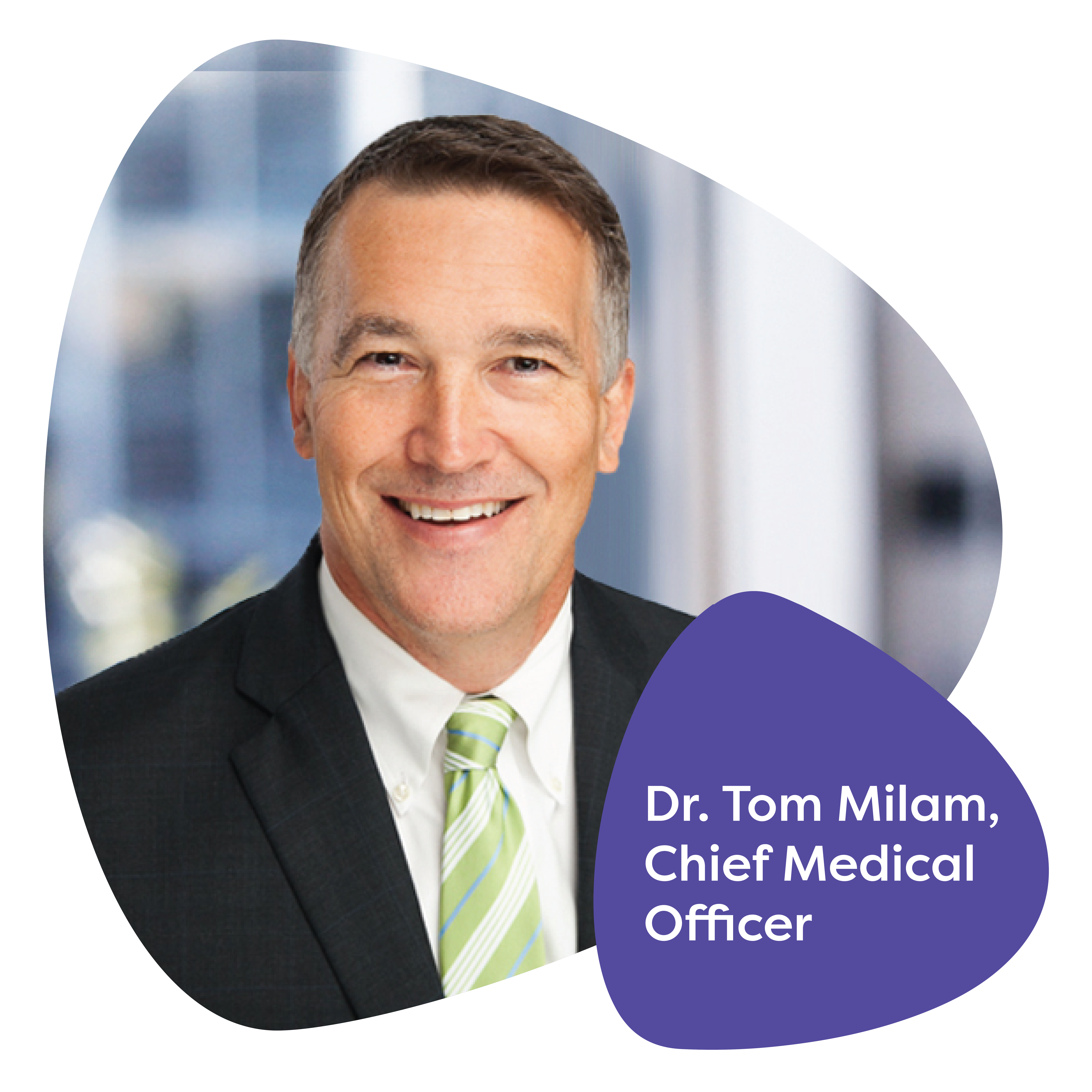Learning the ins and outs of behavioral health diagnostic coding is essential to ensuring proper coding and avoiding any significant billing issues during your patient encounter. Join our Regulatory Analyst, Annissa Johnson, as she shares tips and tricks for proper behavioral health diagnostic coding.
Click here for a copy of the presentation.
Presentation transcript
This presentation is about behavioral health diagnostic coding. The goal is to help you pick the best diagnosis so it can map to the proper code, so there aren’t any major billing issues with your patients’ stay or encounter. Hopefully, this presentation clears up some questions about picking the proper diagnosis and how it maps when it’s coded.
Tips for ICD-10 diagnostic coding for mental health
For diagnostic criteria, you want to make sure you’re consulting the Diagnostic and Statistical Manual of Mental Health Disorders, also known as the DSM. Right now, they’re on version five. They outline the diagnostic criteria for any mental health diagnosis and substance abuse diagnosis. It’s all in there. It’s very clear what the parameters are in order to diagnose a patient with those specific mental health conditions.
Remember, there are multiple severity levels in many behavioral health diagnoses. You want to make sure you include the severity level in any diagnosis where it is required. You want to look at diagnoses such as bipolar disorder, depression, major depression, and those substance abuse conditions. Those will mostly have different severity levels, mild, moderate, severe – and some of them also are coupled with psychosis, even mania.
And it’s the same way with substance abuse as well. You definitely want to make sure you’re identifying those severity levels because it can make a good difference. Mental health severity levels range from mild, moderate, and severe – and there are symptoms outlined in the DSM-5 of each. Patients have to meet certain criteria and we’ll go into that in order for you to diagnose them with those different severity levels. Always refer to the most current version of the DSM for your diagnostic criteria. We are currently on version five. I believe it took them 20 years to update from version four. It is not something that’s updated very often, but sometimes, they make changes to it on an annual basis. You want to make sure you’re using the most current version of that diagnostic material, the DSM-5.
And remember, specificity is everything. Mental health diagnostic coding strongly depends on our providers being as specific as possible. We’ll go into a few examples next.
Diagnosing major depression disorder
This is a big one. As far as your primary diagnosis, a lot of our mental health patients are diagnosed with depression, and there’s a lot of opportunity for us to do better with the way we are diagnosing and making sure we’re using those severity levels. Let’s take a closer look.
Symptoms of depression:
- Depressed mood such as feelings of sadness or emptiness
- Reduced interest and activities that used to be enjoyed
- Sleep disturbances, not being able to sleep well or sleeping too much
- Loss of energy or a significant reduction in the energy level
- Difficulty concentrating, holding a conversation, paying attention, or making decisions that used to be made very easily
- Suicidal thoughts or intentions
One of the two core symptoms must be present for a diagnosis of depression:
- Persistent low mood and feelings of sadness with or without crying spells.
- Marked lack of interest in a previously pleasurable activity.
When it’s coupled with all four of these components, that’s how you get the severe [diagnosis]. A lot of the severity levels depend on having one or two, three or four, or all. That’s why you want to make sure you are well versed with what is required for each severity level. But if you have a combination of some of these things, but it’s only hitting two boxes, then you’re going to go with the lower severity, probably mild.
And then, as you have all of them, it would be more severe. You also have the opportunity to add the psychosis or the mania in bipolarity. So, make sure you are consulting the DSM-5 for those added criteria.
When you look at that criteria again for diagnosing major depressive disorder, seven additional related symptoms are there as well.
Seven additional related symptoms of major depression disorder:
- Sleep pattern disturbance
- Change in appetite
- Tiredness
- Sluggish movement or agitation
- Difficulty concentrating or solving simple everyday problems
- Feelings of guilt and or worthlessness
- Thoughts of death or suicide
The three levels of depression are characterized by the following:
- Mild: One core symptom and usually no more than four related symptoms. So one of the core, which would’ve been one of these, and then an additional four related, which would be four of these.
- Moderate: Both core symptoms are present as well as four of the more related symptoms severe.
- Severe: Both core symptoms are present and most, if not all, of the related symptoms.
Important note: As you are diagnosing, doing your psychiatric evaluations or any sort of assessments you want to pick up on some of the language the patients are using to help you get to the point where you’re noticing their sleep patterns, their eating habits, whether or not they are suicidal. And of course you have other assessments if they are that you’ll need to do. But, that’s how you get to these different severity levels.
For a final diagnosis of Major Depression Disorder, the provider would select the code F32.9 for Major Depressive Disorder, Single Episode, Unspecified.
That is basic depression. If this is not the patient’s first time being diagnosed with depression, then you want to make sure you’re using a diagnosis that includes recurrent, because this would be another additional episode. It wouldn’t be a single episode because a single episode indicates that this is their first time suffering from major depression. If you’re just putting major depressive disorder or MDD, it will map to basic depression, which is F32.9. If it’s another occurrence, you want to use a code or a diagnosis that will have “recurrent episode” in the language.
Additionally, code F32.9, which is major depressive disorder, is the most mild of the mental health depression disorders. And it’s typically not a severe enough illness to justify an inpatient stay. If an inpatient is recommended, or if this person is already admitted to a behavioral health facility or to the behavioral health unit in a hospital just giving them the diagnosis of major depression sometimes isn’t enough to support them being there on an inpatient level, unless you made it a secondary diagnosis.
But as a primary diagnosis, it usually isn’t enough. You will need to add the severity level “mild,” usually you probably want to go with “moderate” or “severe.” Of course that’s if they’re meeting that criteria that we talked about previously, but you definitely want to make sure you’re adding your severity level.
The F32.9, major depressive disorder is typically seen in an outpatient setting. It’s okay if a lot of times patients come in with severe depression and once they go to the outpatient setting, it’s kind of reduced, they’re a little bit better and it goes down to a lesser severe version, which could be the major depressive disorder.
Important consideration: Without documentation of the severity level, the diagnostic code will always map to the lowest severity level. If you just put “major depressive disorder,” it’s going to code as F32.9, which is the lowest severity, which is basic depression.
If this person is meeting criteria and they have those two cores and those other symptoms as well, then you definitely want to make sure you’re using a more severe diagnostic code, giving them more severe specificity on your diagnosis for major depression.
Important tips for substance use when you’re using ICD-10 and diagnostic coding
Your diagnosis criteria will come from the DSM-5, but the codes are driven from ICD-10. Substance use disorder diagnostic coding is dependent on specification in the documentation as well. When you look at that criteria in the manual, you may understand more. Substance use disorders can be a bit more challenging to code in ICD-10. The reason for that challenge is because the DSM-5 uses a certain language which is “use disorder.” And that changed when the DSM-5 five came out in 2015, they went from “dependence” and “abuse” to “use disorder.”
With the use disorder and the DSM-5, you will add severity levels, which are the mild, moderate, severe, similar to the depression and bipolarity that we were previously discussing. However, in ICD-10, those same use disorders are still being mapped to “youth,” “abuse.” and “dependence.”
Then certain codes may or may not have the use coupled with it. Use is the lowest severity. As you look at this diagram here on the bottom right, “use” and “abuse”, are two of the lowest severity levels. Some substances do not have a use component in ICD-10, so it automatically will map to abuse. But if you are using language in your documentation of both “use” and “abuse,” either the coder or yourself will be using a code for abuse.
That’s what this diagram is outlining. If there is documentation for both of these severities “abuse” and “dependence,” then you will assign a code for dependence. You will go ahead and say, “this patient is dependent on cocaine.” Basically, it all maps to the highest severity level when there’s dual language. So unless you as the provider stick to that one thing being “abuse,” “abuse,” “abuse” throughout the documentation as you’re seeing this patient then the coder or yourself, if you end up using dependence, you will end up coding it as “this is a dependent condition.” So, be careful about that because in the DSM-5 it does clearly outline the criteria for “use,” “abuse,” and “dependence.” It’s based on the frequency of how frequently the patient is used in the substance that they’re on.
Say, the patient smokes marijuana once a week, that would usually be an abuse tendency. It wouldn’t map to a dependence for marijuana. Hopefully that makes sense. Think of it in terms of that way, it’s about the frequency. You may want to consult the DSM-5 quickly and verify what the frequency is for the substance that your patient may be using, so you know what language to consistently use on that patient’s documentation.
And then again, there’s the cheat sheet here and you always map it to the highest severity level. “Dependence” is the highest. There is “use,” “abuse,” and “dependence.” Again, severity levels are what the DSM-5 expects you to use, and that’s pretty much the expectation of behavioral health. For diagnostic criteria, you want to use the language in the DSM-5, and that is “mild,” “moderate,” and “severe.”
Important tips for substance use ICD-10 diagnostic coding
Be sure to consider the following:
- Ensure the patient’s substance use frequency matches the criteria for abuse or dependence or use
- Abuse diagnosis does not meet criteria typically for a payer to consider this patient needing an inpatient stay. If you just put, “A patient uses marijuana” use typically maps to abuse once it’s coded. Abuse typically is not a severe enough condition or addiction to require an inpatient stay. That’s why it’s important to use those severity levels, “mild,” “moderate,” and “severe.” If you’re going to write your diagnosis down in the language of ICD 10, then you want to make sure you’re using “use,” “abuse,” and “dependence.” Because “abuse” is not severe enough for inpatient stay.
- You will see use as like a primary diagnosis, more so in an outpatient setting, that’s fine, but it wouldn’t justify an inpatient stay clinically.
Important note: If a provider were to give a final diagnosis of alcohol use disorder “abuse” you would use the code F10.10, which is the code for alcohol abuse. All these codes, all of these diagnoses have several code options because you have several different severity level options.
You have the option to add “with withdrawal,” you have the option to add “with psychosis.” Just make sure you’re consulting the DSM-5 for all of your options, like “with delirium” and all sorts of things when you’re looking at substance use. You want to make sure you’re mapping it correctly because when it’s coupled with those other factors such as psychosis or delirium or with withdrawal, those are higher severities than even dependence. So, just make sure that you are assigning those diagnoses adequately.
Common terminology to help with assigning diagnosis
- Alcohol abuse: drinking in excess, but not having a physical dependence
- Alcohol dependence: also known as alcoholism. A person has become dependent on alcohol and is unable to stop drinking even though alcoholism has a negative effect on a person’s health, social relationships, and non-formal daily activities
- Drug abuse: taking drugs in excess, but not having a physical dependence
- Drug dependence: when the, the chronic use of drugs creates a compulsion to take the drug to experience the effects of the drug or to alleviate withdrawal symptoms
- Hypnotics: sleep-inducing agents
- Sedatives: drugs that induce a relaxed state
- Anxiolytics: drugs that relieve anxiety
- Hallucinogens: substances that induce a perception of something being present that has no external cause
- Nicotine: a poisonous alkaloid that high; the highly addictive compound fine found in tobacco
- Inhalants: substances that are inhaled for their euphoric effect
- Polysubstance drug abuse: indiscriminate use of multiple substances
There have been some updates with assigning polysubstance use and dependence. You still want to make sure that you are in somewhere in your documentation outlining the substances the patients are using, and also making sure that you are descriptive with the frequency of the substance use. In some instances, it may be more appropriate to just say, “this person is dependent on cocaine”, “this person is dependent on marijuana and other substances as well.” It’s not appropriate to say “polysubstance use, abuse, or dependence” when you are talking about a drug as well as alcohol, you will always want to outline those two separately. They’ve made recent changes to this polysubstance addiction and use and abuse. So definitely make sure you consult the DSM-5 and make sure you’re using that appropriately when it’s necessary.
Thank you for joining today and learning about some of this diagnostic coding. I hope this was helpful to you.
At Iris Telehealth, we deliver quality, sustainable behavioral health care to patients all across the country. In an effort to better support our clinicians doing the work to create a better world through healthy minds, we help ensure they have the support, flexibility, and time they need to live a life they love. If you’d like to learn more about starting a career here at Iris, you can check out our careers page.
If you’re an organization looking to help increase access to mental health care in your community, visit our services page or check out our FAQ.





